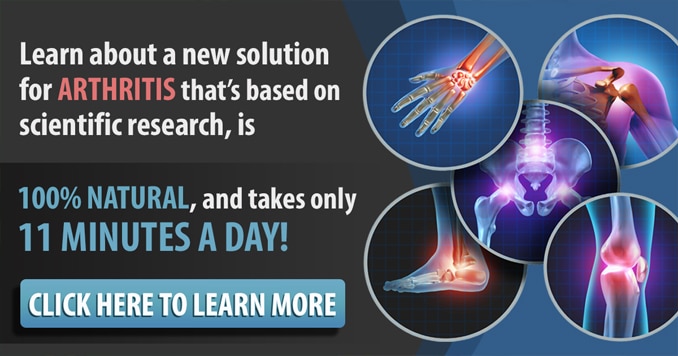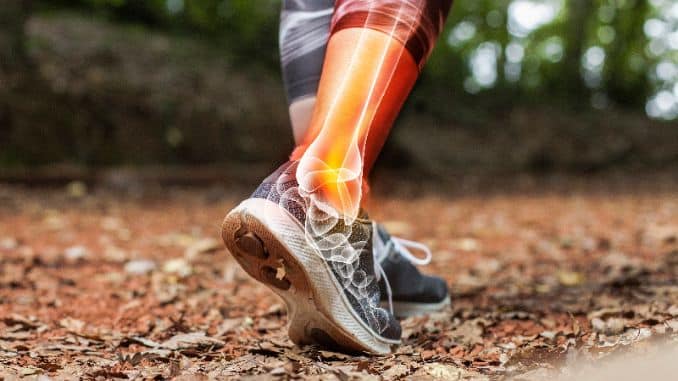
Medical Disclaimer: The information in this blog, particularly regarding exercises for ankle sprains, is primarily for informational and educational purposes only; therefore, it is not intended as medical advice. Furthermore, the content in this post is not meant to substitute for a professional medical diagnosis, advice, or treatment. Thus, always consult your physician or another qualified healthcare provider if you have any questions regarding a medical condition.
Did you know that ankle sprains [2] aaccount for nearly 25,000 injuries each day in the U.S.? In fact, whether you’re an athlete or just walking on uneven ground, your ankles are at risk. However, recovery is faster with the right exercises!
Ankle sprains are common and, as a result, can cause pain and swelling. However, with the right exercises, you can speed up recovery, improve strength, and, most importantly, prevent future sprains. In this blog, we will cover simple yet effective exercises that will help heal your sprained ankle and, consequently, get you back on your feet faster.
This guide will provide you with practical exercises to recover from an ankle sprain and prevent future injuries.
1. Calf Stretch
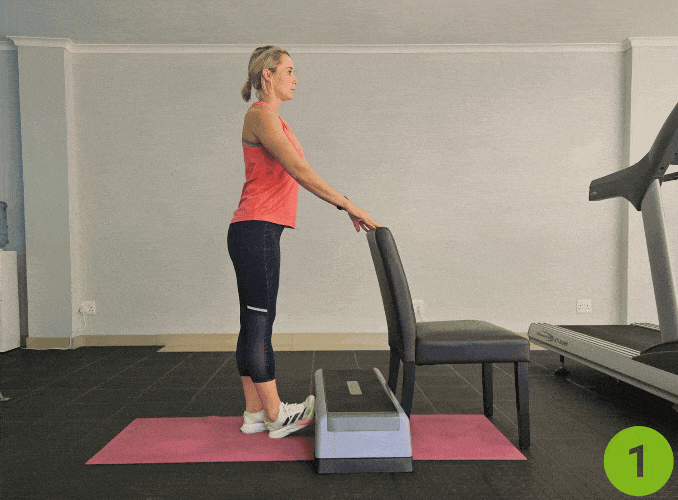
For this exercise, you need to use a chair and a stepper.
Phase: Subacute (after swelling decreases)
- Begin in an upright standing position in front of a chair and a stepper.
- Maintain good alignment with your head, shoulders, hips, and legs.
- Place your hands on the back of the chair.
- Engage your core muscles.
- Press one heel on the floor to lift your toes and press it on the side of the stepper.
- Keep your spine straight and hold the position for several deep belly breaths, in through your nose and out through your mouth.
- Relax and repeat the movement on the opposite side.
Precaution: Avoid overstretching if there’s sharp pain.
2. Balance Test
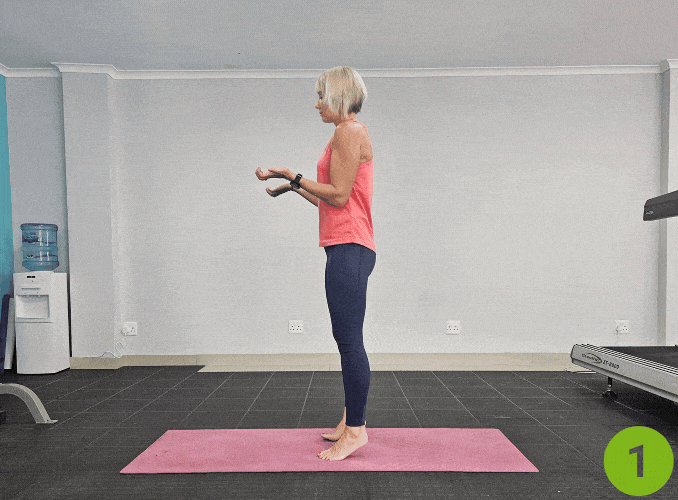
- Begin an upright standing position with your feet hip-width apart, maintaining good alignment with your head, shoulders, hips, and legs.
- Bring your arms in front of your body or at your sides.
- Engage your core, then ground down through your feet by pressing through your heels.
- Close your eyes and then bring awareness to your feet.
- Repeat the movement.
3. Banded Knee Lifts
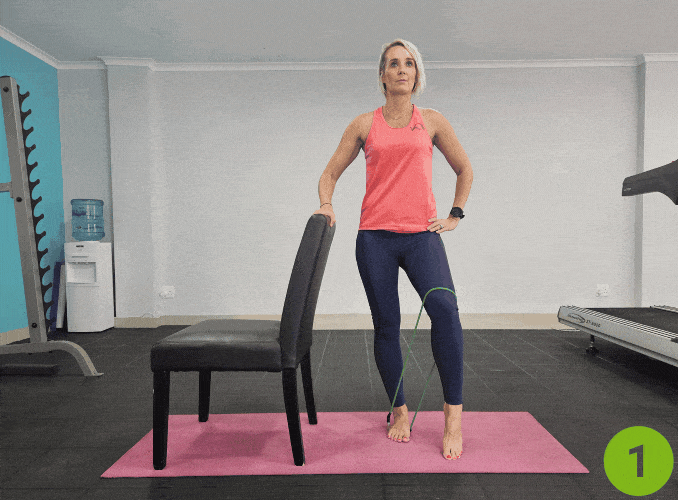
For this exercise, use a wall or the back of a chair.
- Begin in an upright standing position with your feet shoulder-width apart, maintaining a good alignment with your head, shoulder, hips, and legs.
- Loop a resistance band around your legs.
- Lower and step one end of the resistance band while you anchor the other end around your knee.
- Place one hand at the back of the chair to support your balance and the other on your hip.
- Engage your core muscles.
- Lift one knee, ideally to hip height, creating resistance to the band.
- Hold this position for 5 seconds.
- Lower your foot to return to the starting position and repeat the movement with 5 repetitions.
- Relax and repeat the movement on the opposite side.
4. Ankle Circles
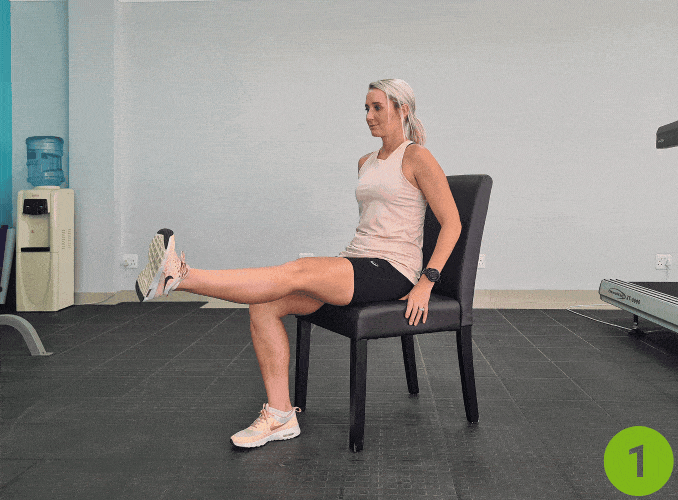
- Begin in an upright sitting position on a chair with your knees bent and feet flat on the floor.
- Maintain good alignment with your head, shoulders, and hips.
- Place your hands at your side for support.
- Tighten your abdominal muscles.
- Lift one leg off the floor at hip level and slightly lean back to increase the angle of your body while keeping your spine straight.
- Slowly move your ankle in a circular motion for 10 repetitions.
- Relax and repeat the movement on the opposite leg.
5. Plantar Flexion
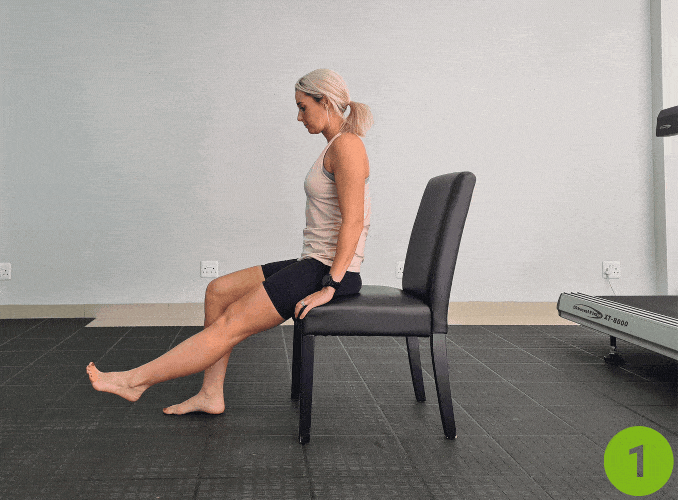
- Begin in an upright sitting position on the edge of a chair with your knees bent and feet flat on the floor, maintaining proper alignment with your head, shoulders, and hips.
- Press your hands on the side of the chair to keep your back straight.
- Engage your core.
- Straighten one leg out in front of your body with your heel press on the floor.
- Working on the range of motion in the ankle joints, flex your foot in an up-and-down movement.
- Repeat the movement with 10 repetitions.
- Relax and repeat the movement on the opposite side.
- Complete for 10 repetitions on each foot.
6. Step Ups
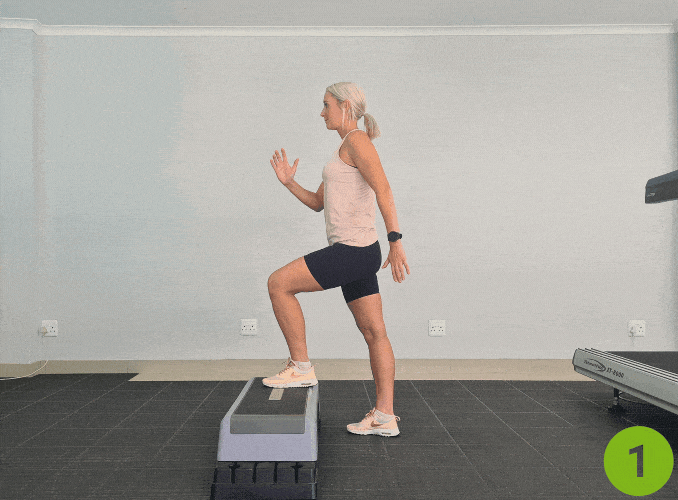
For this exercise, you can utilize the plyometric box, stepper, or stairs,
- Begin in an upright standing position in front of a stepper with your feet hip-width apart.
- Maintain good alignment with your head, shoulders, hips, and legs.
- Engage your core muscles.
- Step one foot on the stepper and push yourself, bringing your other leg up.
- Perform this exercise in a marching movement, alternating your feet as you march up and down the stepper.
- Repeat the movement with 10 repetitio
7. Bent Knee Calf Raises
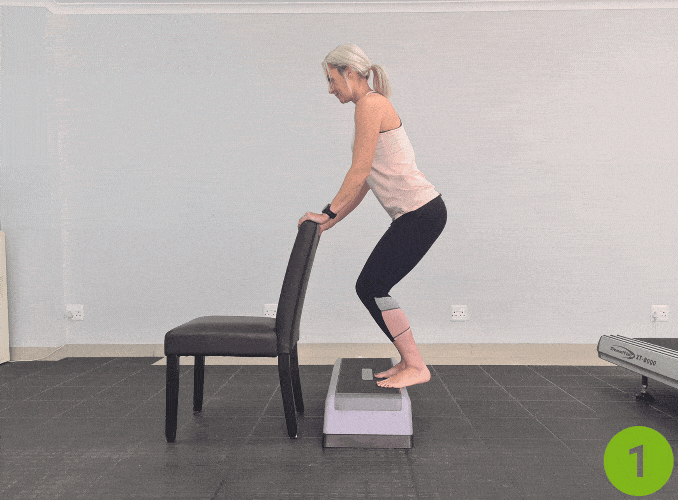
For this exercise for ankle sprain, you can utilize the wall or the back of the chair for support if needed, and a plyometric box or a stepper.
- Begin in an upright standing position in front of a chair and a stepper with your feet hip-width apart.
- Maintain good alignment with your head, shoulders, hips, and legs.
- Step up on the stepper and place your hands at the back of the chair to support your balance.
- Engage your core muscles.
- Bend both knees and lift your heels off the stepper.
- Hold the position for a couple of seconds.
- Lower your heels to return to the starting position and repeat the movement with 10 repetitions.
8. Towel Stretch
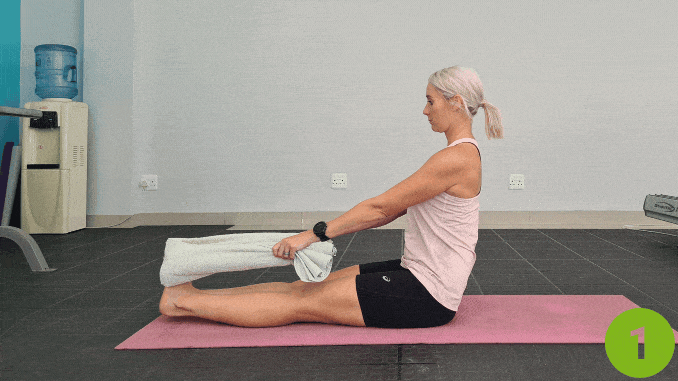
For this exercise, you may use a towel or a belt.
- Begin by sitting on the floor with your legs extended straight in front of you.
- Take a towel and loop it around the ball of your injured foot.
- Hold both ends of the towel with your hands and gently pull the towel toward you.
- Keep your leg straight and feel a stretch in your calf and Achilles tendon.
- Hold the stretch for a few seconds, then release. Repeat as necessary, making sure not to overstretch.
- This exercise helps improve flexibility and reduce tightness in the lower leg.
Understanding Ankle Sprains
| Grade | Description | Symptoms | Treatment Focus |
| 1 | Partial tear of a ligament | Slight swelling, no instability | RICE (rest, ice, compression, elevation),ankle support, light stretching |
| 2 | Incomplete tear of a ligament | Moderate swelling, mild instability | RICE (rest, ice, compression, elevation),ankle support, light stretching |
| 3 | Complete tear of a ligament | Severe swelling, bruising, instabilit | May require surgical intervention for complete ligament tears. |
For Grade 1 and 2 sprains, you can gradually begin exercise for an ankle sprain [3] during the recovery phase. However, for Grade 3 sprains, it is important to consult a doctor before starting rehabilitation.
Causes Of Ankle Sprains
- Awkward landings, exercising on uneven surfaces, falls, or injuries during sports.
Dr. Kurt Voellmicke, the Director of Foot and Ankle Surgery at the Orthopedic and Spine Institute, says that ankle sprains often happen during sports like basketball or volleyball. He recommends seeing a doctor if you can’t put weight on your ankle and emphasizes that Physical therapy is important to help prevent future sprains. - Rapid inversion [4] (rolling the ankle inward) or, on the other hand, supination (outward twisting) can consequently cause excessive stress on the ankle ligaments.
- This often happens during high-impact sports or activities, especially those that involve quick directional changes.
- Risk factors include wearing poorly fitted shoes, especially if they lack proper support. Additionally, walking on uneven ground increases the likelihood of injury. Moreover, being out of shape can contribute to instability. Finally, having a previous ankle injury makes re-injury more probable.
Strengthening Exercises To Prevent Ankle Sprains And Keep You Moving
Exercise therapy [1], including exercises for ankle sprain, has been found to be effective in reducing the risk of recurrent ankle sprains after an initial injury. Moreover, it also helps with functional instability, which means that the ankle may still feel unstable even after it has healed.
Conclusion
A well-structured rehabilitation program is therefore essential for effective recovery from an ankle sprain. Moreover, understanding the severity of the sprain and the rehabilitation process is crucial not only for preventing future ankle sprains but also for promoting overall health.
Regular exercise for ankle sprain and maintenance programs not only can help, but more importantly, they can also promote lifelong protection. Furthermore, they contribute to the overall health of the feet and lower legs.
Start your recovery journey today with these effective exercise for ankle sprain! Additionally, share this guide with friends and family to help spread awareness about ankle health. However, for severe sprains, it is essential to consult your physician before starting any new routine.
Struggling with stiff, aching joints? The Arthritis Handbook is your step-by-step guide to easing pain, improving flexibility, and regaining strength—naturally.
FAQ’S
How Does An Ankle Get Sprained?
Ankle sprains often happen especially when the ankle rolls inward forcefully. As a result, this can tear the front ligament (called the anterior talofibular ligament) and may also stretch another ligament (the deltoid ligament), ultimately causing pain and making the ankle feel unstable.
What Is The Best Exercise For A Sprained Ankle?
The best exercises for a sprained ankle usually focus on improving how the ankle moves, as well as building strength and balancing. For example, exercises like ankle circles, using a resistance band for inversion/eversion, and calf raises are great. To begin with, start with gentle stretching exercises to improve range of motion. Then, slowly move to strengthening and balance exercises as the affected leg heals.
What Is The Fastest Way To Strengthen A Sprained Ankle?
The fastest way to strengthen an injured ankle is by starting rehabilitation as soon as pain and swelling subside. First, begin with light exercises to help move your ankle. Then, gradually progress to exercises like heel raises, toe raises, and balance exercises. Meanwhile, always pay attention to how your affected leg feels and most importantly, avoid pushing too hard.
Is It Okay To Exercise On A Sprained Ankle?
It’s okay to exercise on a sprained ankle; however, you should only do so after the ankle pain has decreased and the swelling has gone down. First, start with gentle movements that don’t cause pain, such as ankle pumps or alphabet writing with your foot. Then, as the affected leg gets stronger, you can gradually move to more intense exercises. Nevertheless, be sure not to rush or put too much stress on the injury.

